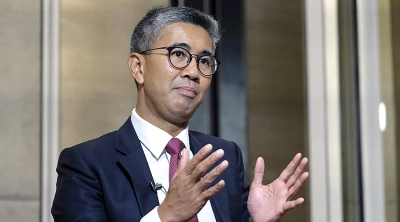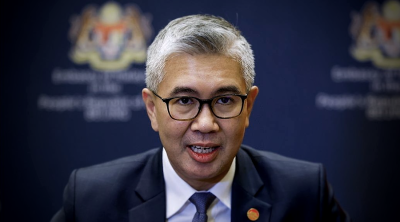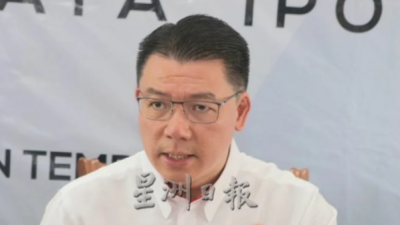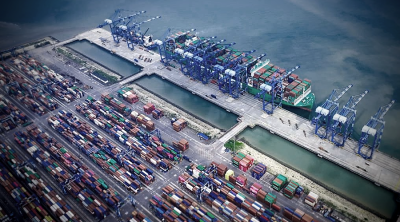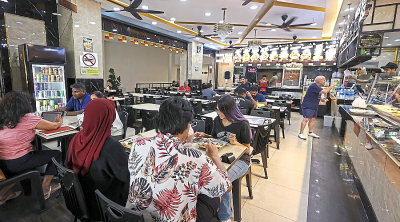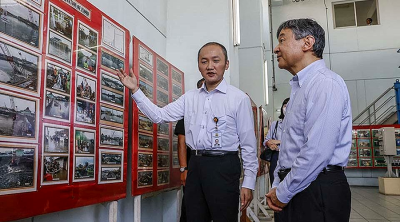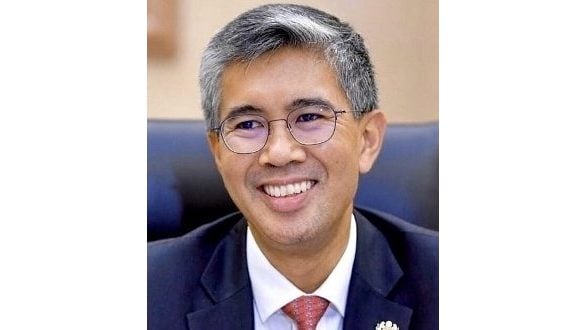
I was in Semarang, Indonesia, on 19-20 August for the 55th Asean Economic Ministers’ (AEM) Meeting, where the United Nations Conference on Trade and Development (UNCTAD) tabled Asean’s Foreign Direct Investment (FDI) inflow for 2022.
Impressively, this had grown by 5% year-on-year to a total of US$224 billion, bucking the trend in various parts of the world, and amid the 12% decline of global FDI in 2022.
This was Asean’s record highest FDI inflow, and crowned Asean as a top recipient of investments within the developing world.
The region’s share of global FDI expanded further, from an annual average of below 10% in the last decade, to over 17% in 2022!
Asean’s manufacturing FDI rose to a record level to $62 billion, following a +400% growth in 2021.
Manufacturing share of total FDI rose from 9% in 2020, 26% in 2021 to 28% in 2022.
Asean is clearly the ‘silver lining in the cloud of disruption’ in supply chains elsewhere, whether due to prolonged COVID-related restrictions in China, the Russia-Ukraine conflict or others.
International supply chains restructuring will bring further opportunities for Asean, as triggers by geopolitical tensions, for example, create a momentum that favours Asean as a relocation hub.
This has encouraged investors to proactively expand capacities, strengthen regional footholds and reinforce supply chains based on the China+1 strategy.
These are rich pickings for investment seekers like Malaysia!
Nonetheless, the window to capitalise on this may not last long, which is why the Ministry of Investment, Trade & Industry (MITI) is firing on all cylinders to capture as much of these investments as possible.
We will do this mainly in three ways. Firstly, by improving the investor’s journey; secondly, by transforming the ecosystem of our manufacturing industry, and thirdly by providing the right ecosystem for sustainable investments.
Addressing pain points along the investor journey, once and for all!
When I was in the banking sector, one key aspect that influenced the take-up of our products and services was the customer’s journey.
This is so important that most banking groups have established a customer experience department.
Similarly, in attracting investments into the country, we have the investor’s journey.
We have identified 13 key pain points along the investor’s journey comprising promotion and marketing, deal negotiation, investment implementation and aftercare.
On promotion alone, the media, investment communities and entities such as the World Bank, foreign chambers and the Federation of Malaysian Manufacturers have regularly pointed out that public programmes through the various IPAs are so fragmented, resulting in a lot of confusion in the investor’s journey.
This means additional cost to taxpayers, and reduced competitiveness versus our neighbours.
Thus, it is imperative that IPAs’ roles and functions are streamlined to improve our investment attractiveness, while also addressing the issue of nationwide government process inefficiencies.
Last May, the National Investment Council chaired by our PM decided that Malaysia’s main Investment Promotion Agency is the Malaysian Investment Development Authority (MIDA), and that the roles of other IPAs must be re-focused on facilitation and aftercare.
We are targeting to accomplish this by 1 January 2024, a deadline given by our PM himself.
A transformed manufacturing is key to broad-based economic growth
The second way to capture investments coming into Asean is by transforming our manufacturing.
One finding from various think tanks is that our GDP growth does not seem to be aligned with socio-economic growth, or improved situations for our SMEs and rakyat.
A similar case in point: despite record FDI flows into Asean, 60% of these are enjoyed by less than 1% of the Asean population!
This gross imbalance must be avoided at all costs for Malaysia!
The benefits of investments must cascade to our SMEs, and the millions of Malaysian workers in the manufacturing sector.
In many cases, while big companies reap huge profits, Malaysian workers in the lowest-paying category have suffered from low wages for many decades due to long-standing foreign worker policies that suppress the rise of general wages in our labour market. This must change.
We understand that higher productivity also plays a role in upping wages, but it is equally true that the absence of a progressive wage policy makes employers less inclined to improve the wage ratio of their businesses.
We are confident that with a transformed manufacturing ecosystem, both foreign and domestic investors will feel encouraged to expand their existing investments, and to pay Malaysian workers more.
But we must also be choosy about the investments we approve, and they must be aligned with sustainable growth that supports our long-term Madani Economy agenda, including making Malaysia one of the 30 largest economies globally, as well as in the top 12 on competitiveness and ease of doing business.
MITI has repeatedly shared that it will capture more investments in targeted hi-tech industries such as aerospace and the digital economy.
These sectors will help develop our SMEs and our people in terms of higher-tech processes and higher-paying jobs, respectively.
On 1 September 2023, our New Industrial Master Plan 2030 (NIMP2030) will be launched. We strongly believe that it will transform the manufacturing sector across the board, with benefits spread equitably across key stakeholders like SMEs and workers, much like how a rising tide lifts all boats.
When our workers earn higher wages, this will not only stem talent flight to other countries, but also rebuild our middle class that will eventually consume more of the products made by the manufacturing sector.
Ergo, a virtuous cycle is created for economic growth!
Investments in Malaysia: go green or go home!
The third way to attract investments is to show that we are serious on decarbonising and greening our economy.
In fact, we are currently in a sweet spot where Malaysia is firmly back on global investors’ radar, and Asean is receiving increased inflows of green investments.
In 2022, investment in Asean’s EV sector increased by 570%, while green investment in the renewable energy sector grew by 240%.
MITI and its agencies are determined to ride on this wave, while also advocating ESG capacity-building and a just transition towards embracing ESG practices, particularly for our SMEs.
On capacity-building, I am pleased to share that our National Industry ESG framework (i-ESG) for the Manufacturing Sector will also be launched by end-September 2023.
I had also made my point on ‘just ESG transition for SMEs’ very clearly during the EU-Asean discourse at the 55th AEM.
Conclusion
While MITI leads on investments, we recognise that attracting more investments requires nationwide effort, premised largely on broad-based transformation of our manufacturing ecosystem.
On this score, all of us must play our part in building a more resilient, prosperous, and sustainable future that Malaysian businesses, SMEs and rakyat deserve.
(Tengku Zafrul Tengku Abdul Aziz is the Minister of Investment, Trade and Industry, Malaysia.)
ADVERTISEMENT
ADVERTISEMENT








